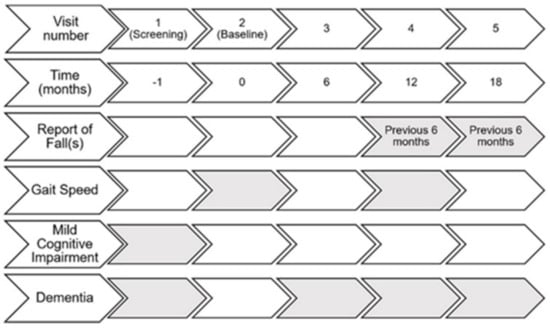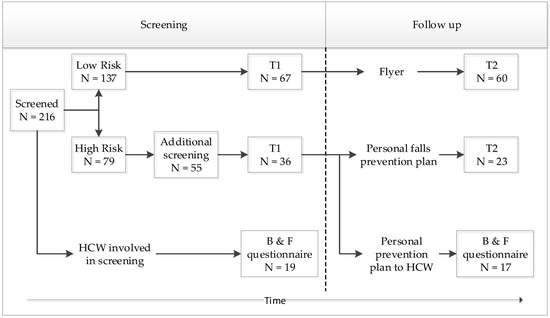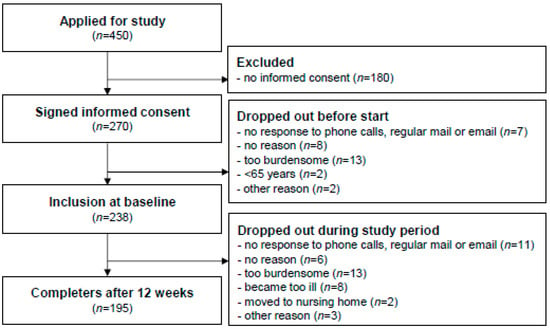Falls in Older Adults: Risk and Prevention
A topical collection in International Journal of Environmental Research and Public Health (ISSN 1660-4601). This collection belongs to the section "Global Health".
Viewed by 31969Editor
Interests: postural control; falls risk assessment and intervention; neurological rehabilitation; stroke recovery; underserved populations
Topical Collection Information
Dear Colleagues,
We are organizing a Topical Collection on “Falls in Older Adults: Risk and Prevention” in the International Journal of Environmental Research and Public Health. The publication is a peer-reviewed scientific journal that publishes articles and communications in the interdisciplinary area of environmental health sciences and public health. For detailed information on the journal, we refer you to https://www.mdpi.com/journal/ijerph.
Falls among older adults are a major cause of disability and death worldwide. The high incidence of falls in older adults, combined with the high susceptibility to injury of the older adult population, leads to very serious global health issues. In addition to the direct costs of medical treatment for fall-related injuries, falls can create a downward spiral that leads to decreased physical activity and increased risk for the development of chronic health conditions and loss of functional independence, thereby compounding stresses on the health care system. In short, falls can create enormous costs for health care systems and for older adults and their families.
Considerable research attention has been devoted to the problem of falls among older adults. Evidence-based programs are available for identifying falls risk factors and decreasing risk. Unfortunately, these programs have not been widely adopted, particularly in rural and other underserved areas. Innovative methods are desperately needed to bring effective fall prevention programs and strategies to the broad spectrum of older adults who are at increased risk, including those living independently in the community and those in residential care.
This Topical Collection will focus on fall risk assessment and intervention for older adults. Appropriate topics will include prevention strategies at all levels (primary, secondary, tertiary) and across the health care continuum. Research papers describing barriers to and methods of dissemination and adoption of effective interventions are especially encouraged.
Dr. Vicki Mercer
Collection Editor
Manuscript Submission Information
Manuscripts should be submitted online at www.mdpi.com by registering and logging in to this website. Once you are registered, click here to go to the submission form. Manuscripts can be submitted until the deadline. All submissions that pass pre-check are peer-reviewed. Accepted papers will be published continuously in the journal (as soon as accepted) and will be listed together on the collection website. Research articles, review articles as well as short communications are invited. For planned papers, a title and short abstract (about 100 words) can be sent to the Editorial Office for announcement on this website.
Submitted manuscripts should not have been published previously, nor be under consideration for publication elsewhere (except conference proceedings papers). All manuscripts are thoroughly refereed through a single-blind peer-review process. A guide for authors and other relevant information for submission of manuscripts is available on the Instructions for Authors page. International Journal of Environmental Research and Public Health is an international peer-reviewed open access monthly journal published by MDPI.
Please visit the Instructions for Authors page before submitting a manuscript. The Article Processing Charge (APC) for publication in this open access journal is 2500 CHF (Swiss Francs). Submitted papers should be well formatted and use good English. Authors may use MDPI's English editing service prior to publication or during author revisions.
Keywords
- Epidemiology
- Exercise interventions
- Fall detection
- Fall prevention
- Fall risk factors
- Footwear
- Geriatrics
- Healthcare quality improvement
- Home safety/home modifications
- Knowledge translation
- Medication management/polypharmacy
- Technology/assistive devices









